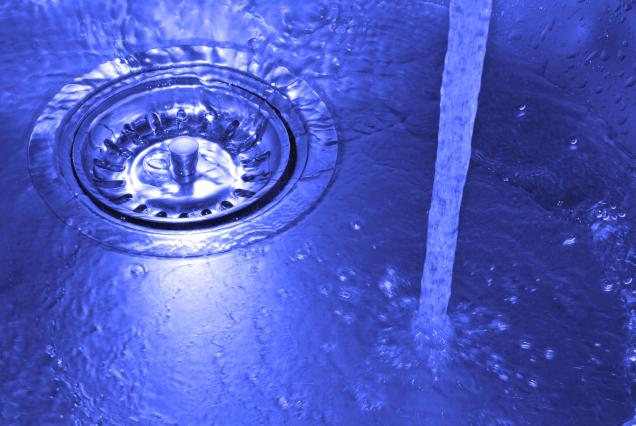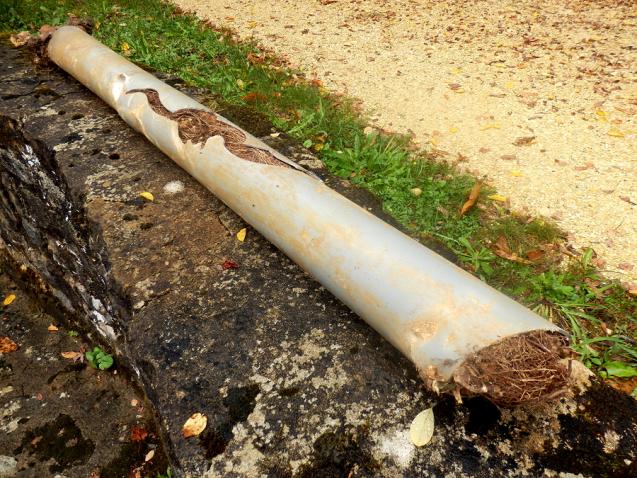
Embracing the Future of Water Conservation: Waterless and Ultra-Low Flush Toilets
By Fluid Plumbing|August 07, 2023
Water conservation is an escalating global priority, with implications for climate change, public health, and the sustainability of our communities. One emerging solution is the use of waterless and ultra-low flush toilets, which promises to transform water consumption habits in our homes and marks a significant shift in how we perceive and manage our water resources.
The Critical Need for Water Conservation
Population growth, industrialisation, and climate change are exerting unprecedented pressure on our water resources. As we grapple with these challenges, the need for effective water conservation strategies has never been more urgent. A focus on domestic water use, particularly bathroom fixtures like toilets, is a strategic approach to managing water demand.
Unpacking Traditional Toilets: A Water Guzzler
Toilets are among the most water-intensive fixtures in a typical home, consuming up to a third of a household's water. This volume of water, up to 13 litres per flush in traditional toilets, is untenable in our water-strained world. It's clear that the humble toilet, often overlooked, is ripe for a water conservation makeover.
Enter Waterless Toilets
Waterless toilets are a breakthrough in water conservation technology. They don't require any water to function, instead utilising various methods like composting or incineration to dispose of waste. By completely eliminating the need for water in the disposal of human waste, waterless toilets present a game-changing approach to water conservation.
A Closer Look at Waterless Toilets
Waterless toilets come in various types, each with unique mechanisms for waste disposal. Composting toilets, for example, use natural processes to decompose waste into harmless compost, while incinerating toilets burn waste into a small quantity of ash. Despite these differences, all types of waterless toilets contribute to significant water savings.
The Role of Ultra-Low Flush Toilets
If going completely waterless seems a step too far, ultra-low flush toilets are an excellent compromise. They use less than half the water of traditional toilets per *flush, achieving considerable water savings while still providing a familiar bathroom experience.
The Challenges: Dispelling Myths and Changing Habits
Despite the clear benefits, adopting waterless and ultra-low flush toilets is not without challenges. Many people have misconceptions about their operation and maintenance, fearing issues like odours, hygiene, and complex upkeep. Education and awareness can dispel these myths, making the adoption of these systems more palatable to the average homeowner.
The Bigger Picture: Legislative and Economic Factors
Government regulations and economic factors play a critical role in encouraging the adoption of waterless and ultra-low flush toilets. Building codes that mandate the use of water-saving fixtures, along with incentives like rebates for installing water-efficient toilets, can accelerate their uptake and contribute to significant community-wide water savings.
The Environmental and Social Impact
Beyond the obvious water savings, waterless and ultra-low flush toilets have a positive environmental and social impact. They reduce pressure on municipal water supplies and wastewater treatment facilities and can provide sanitation solutions in remote or water-scarce areas. Moreover, they promote a mindset shift towards more sustainable water usage.
Conclusion: The Path Forward for Water Conservation
Waterless and ultra-low flush toilets are not just a trend; they're an essential part of the future of water conservation. Their potential for massive water savings and broader environmental benefits positions them as a pivotal tool in our fight against water scarcity. As we continue to seek sustainable ways to live, embracing such innovative technologies is a significant step forward.
The Critical Need for Water Conservation
Population growth, industrialisation, and climate change are exerting unprecedented pressure on our water resources. As we grapple with these challenges, the need for effective water conservation strategies has never been more urgent. A focus on domestic water use, particularly bathroom fixtures like toilets, is a strategic approach to managing water demand.
Unpacking Traditional Toilets: A Water Guzzler
Toilets are among the most water-intensive fixtures in a typical home, consuming up to a third of a household's water. This volume of water, up to 13 litres per flush in traditional toilets, is untenable in our water-strained world. It's clear that the humble toilet, often overlooked, is ripe for a water conservation makeover.
Enter Waterless Toilets
Waterless toilets are a breakthrough in water conservation technology. They don't require any water to function, instead utilising various methods like composting or incineration to dispose of waste. By completely eliminating the need for water in the disposal of human waste, waterless toilets present a game-changing approach to water conservation.
A Closer Look at Waterless Toilets
Waterless toilets come in various types, each with unique mechanisms for waste disposal. Composting toilets, for example, use natural processes to decompose waste into harmless compost, while incinerating toilets burn waste into a small quantity of ash. Despite these differences, all types of waterless toilets contribute to significant water savings.
The Role of Ultra-Low Flush Toilets
If going completely waterless seems a step too far, ultra-low flush toilets are an excellent compromise. They use less than half the water of traditional toilets per *flush, achieving considerable water savings while still providing a familiar bathroom experience.
The Challenges: Dispelling Myths and Changing Habits
Despite the clear benefits, adopting waterless and ultra-low flush toilets is not without challenges. Many people have misconceptions about their operation and maintenance, fearing issues like odours, hygiene, and complex upkeep. Education and awareness can dispel these myths, making the adoption of these systems more palatable to the average homeowner.
The Bigger Picture: Legislative and Economic Factors
Government regulations and economic factors play a critical role in encouraging the adoption of waterless and ultra-low flush toilets. Building codes that mandate the use of water-saving fixtures, along with incentives like rebates for installing water-efficient toilets, can accelerate their uptake and contribute to significant community-wide water savings.
The Environmental and Social Impact
Beyond the obvious water savings, waterless and ultra-low flush toilets have a positive environmental and social impact. They reduce pressure on municipal water supplies and wastewater treatment facilities and can provide sanitation solutions in remote or water-scarce areas. Moreover, they promote a mindset shift towards more sustainable water usage.
Conclusion: The Path Forward for Water Conservation
Waterless and ultra-low flush toilets are not just a trend; they're an essential part of the future of water conservation. Their potential for massive water savings and broader environmental benefits positions them as a pivotal tool in our fight against water scarcity. As we continue to seek sustainable ways to live, embracing such innovative technologies is a significant step forward.



